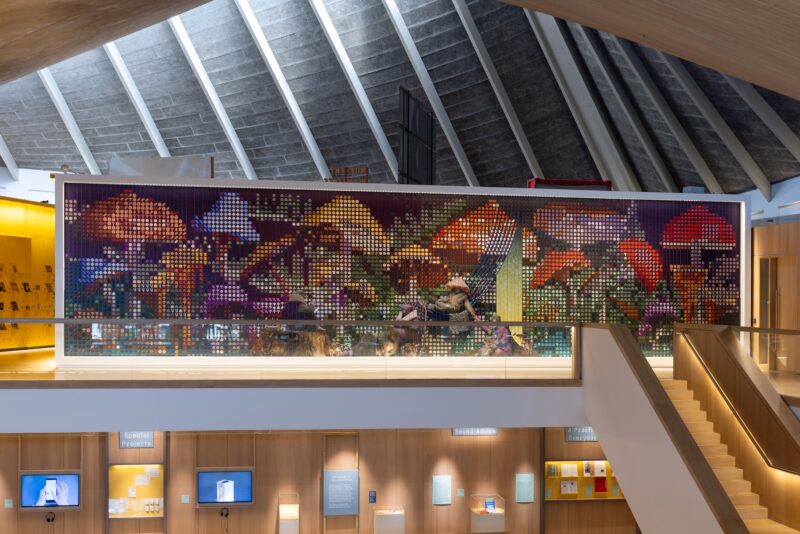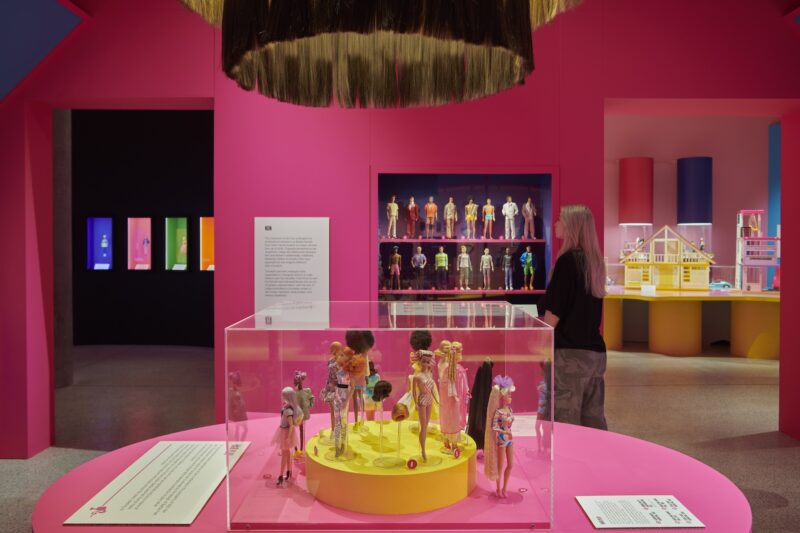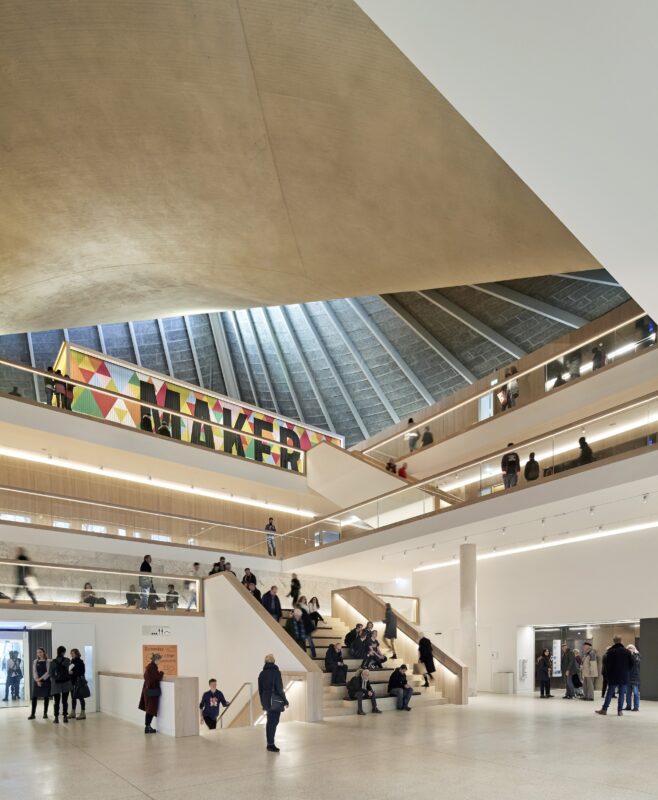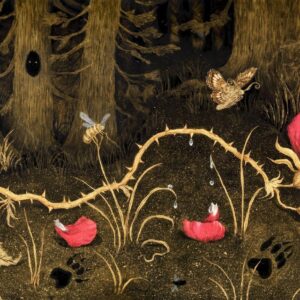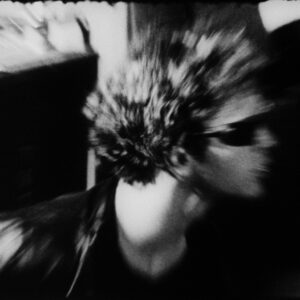
The Design Museum today unveiled its major exhibition on skateboard design — and revealed that London’s newest skate ramp has been built inside the exhibition gallery.
Opening to the public this Friday, SKATEBOARD charts the history of board design over seven decades. But revealed for the first time today is that the show also includes a new, bespoke mini-ramp that exhibition visitors are invited to skate on.
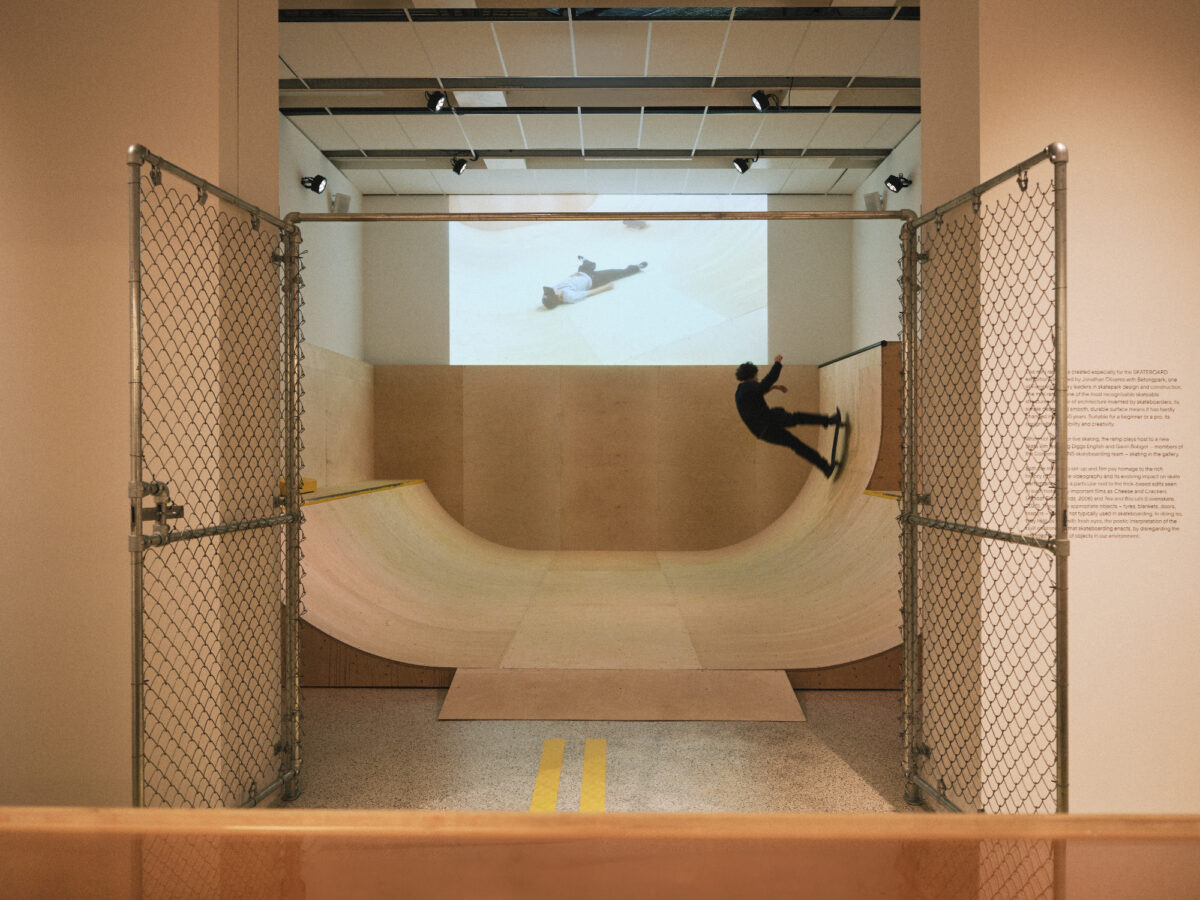
Inspired by California skate heritage, the ramp is a 3.5ft mini ramp, with an 8ft extension. It has been designed specially for the Design Museum by exhibition curator Jonathan Olivares with Betongpark, one of Europe’s industry leaders in skatepark design and construction.

Exhibition ticket holders who have some prior experience of skateboarding (and who must be able to ‘drop in’) are invited to book a free slot to be able to skate on the ramp as part of their visit. There will be two open skate slots available every day, with three on Saturdays. The ramp offers skaters the incredibly rare opportunity to skate inside a major museum and to be part of thousands of people’s exhibition experience.
For non-skating visitors, the ability to see live skateboarding as part of their visit will allow them to see the skateboard design story in a real-life — and live — context.
When not being used for skateboarding, visitors will be able to walk onto the ramp to experience the design environment of these important aspects of skate culture. They are invited to hang out on the ramp and watch a specially commissioned film featuring Converse CONS Riders Diggs English and newly crowned world champion Gavin Bottger. English and Bottger were the first skaters to drop in ahead of the opening to create the film, titled Cereal, that will run through the duration of the exhibition.
Mini-ramps are one of the most recognisable skateable structures. A piece of architecture invented by skateboarders, their simple design and smooth, durable surface have endured since first being used five decades ago.
Skateboard design history is a grey area, recorded in printed and video magazines, YouTube channels, blogs, podcasts, books, Instagram posts and oral histories from those who lived it. While skateboarding history is the incalculable sum of the hours spent by individuals skating, skateboard history is finite, limited to the vast number of skateboards that have been made. This exhibition is centred around a single question: how did the skateboard get to be the way it is?
Jonathan Olivares, curator of SKATEBOARD,
Both the new mini-ramp and film pay homage to the rich history of DIY skate videography and its evolving impact on skate performance. Their combination in the SKATEBOARD exhibition makes a particular nod to the trick-based films Cheese and Crackers (2006) and Tea and Biscuits (2020) — shown in the exhibition — and which appropriate objects not typically utilized in skateboarding.
We are really pleased to be unveiling the newest skateable ramp in London, and what we think might be the first mini-ramp the public can skate on inside any major UK museum. This is a really dynamic and important part of our skateboard show as it speaks to the ways in which skaters have long repurposed aspects of the built environment, and poetically reinterpreted the function they were designed for.
And with the global skate community today reaching 85 million, and with the sport’s inclusion in Paris 2024 likely to push that number even higher, now is the perfect time to be hosting this exhibition at the world’s leading museum for contemporary design. This is a story of design, performance and communities evolving together.
Tim Marlow, Director and CEO of the Design Museum,
SKATEBOARD is the first major UK exhibition to chronicle the history of skateboard design, from the 1950s to the present day, and from homemade, humble beginnings to today’s professional and technologically advanced models.
Around 100 rare and unique boards are on display, alongside over 150 other objects, including hardware such as wheels and tucks, safety equipment, VHS tapes, DVDs, magazines and ephemera. Together they show the skateboard technical developments alongside its evolving social acceptance.
Half of the skateboards in the exhibition are on loan from the Skateboarding Hall of Fame Museum in California. Opened in 1997, it was the world’s first museum devoted to skateboarding. With around 50 boards from their world-class collection now on show at the Design Museum, it marks the Hall of Fame’s largest ever loan to the UK.
Another key lender is Nick Halkias, a US-based Skateboard archivist & collector who maintains an archive of historically relevant skateboards, apparel and ephemera as The SkateBoard Museum.
SKATEBOARD is arranged chronologically, with sections spotlighting each decade of development, including the materials, designs and events that have defined skateboard history, as well as the many new techniques that have constantly emerged. Visitors will discover the sidewalk surfing of the 1950s, the skateboard bans in numerous US cities in the 1960s, and the birth of skateboarding culture and wider industry in the 1970s. They’ll journey from the explosion in street skating and the expansion in other styles in the 1980s, through to the commercialisation of the skateboard industry in the 1990s, and all the way to the admission of the once-fringe sport to the Tokyo 2020 Olympics.
The show’s beginning focuses on the earliest versions of the skateboard from the 1950s, which featured roller skate trucks nailed to wooden crates. Surfers realised that they could use these makeshift boards to practice their moves on concrete when there were no waves, and so the skateboard story begins.
Highlight objects in the exhibition include:
Tony Hawk’s first ever professional model skateboard. Hawk is one of the most recognisable names in skateboarding today, and this board from 1982 was his first pro model, or professional skateboard deck. It represents the adaptations seen in boards as the ‘vert’ style of skateboarding — using vertical ramps rather than surface terrain — took off. The board is on loan from the Tony Hawk Archive.
Some of the early 1950s homemade skateboards from California. Early boards were modelled on the design of roller skates, scooters, and surfboards. Those in the exhibition were likely adapted by children, and consist of roller skate trucks and wheels, nailed or screwed to a wooden plank.
The first two skateboard models to feature a kicktail. This raised tail enables skaters to pivot the board on the back wheels and allowed them to perform the first skate trick that does not stem directly from surfing. Invented by Larry Stevenson, founder of Makaha Skateboards, who produced both the trailblazing models on show. The kicktail was quickly adopted by the skateboard industry and became industry standard in the 1970s.
Laura Thornhill’s Logan Earth Ski 1970s pro model, which was the first women’s pro model. The boom of pro models from the 1980s reflected the era when becoming a professional skater was suddenly not only viable but lucrative as a career. The exhibition features pro models from the biggest skaters of the 1980s to the 2000s, including Steve Caballero, Rodney Mullen, Mike Vallely, Mark Gonzalez, Jeremy Hendersonand PJ Ladd.
Palace, founded in 2009 by Lev Tanju, is one of the most recognizable and cult London skate brands. They are represented in the exhibition through the Palace Long Live Southbank 2017 deck, a product of the successful campaign where skaters lobbied to protect the iconic skate spot on London’s Southbank.
Sky Brown, who at 13 years old famously won a bronze medal for Team GB at the 2020 Tokyo Olympics is represented through her first pro model, the Sky Brown x Skateistan Almost deck.
The exhibition is curated by author, designer, and skater Jonathan Olivares. The associate curator is Tory Turk.
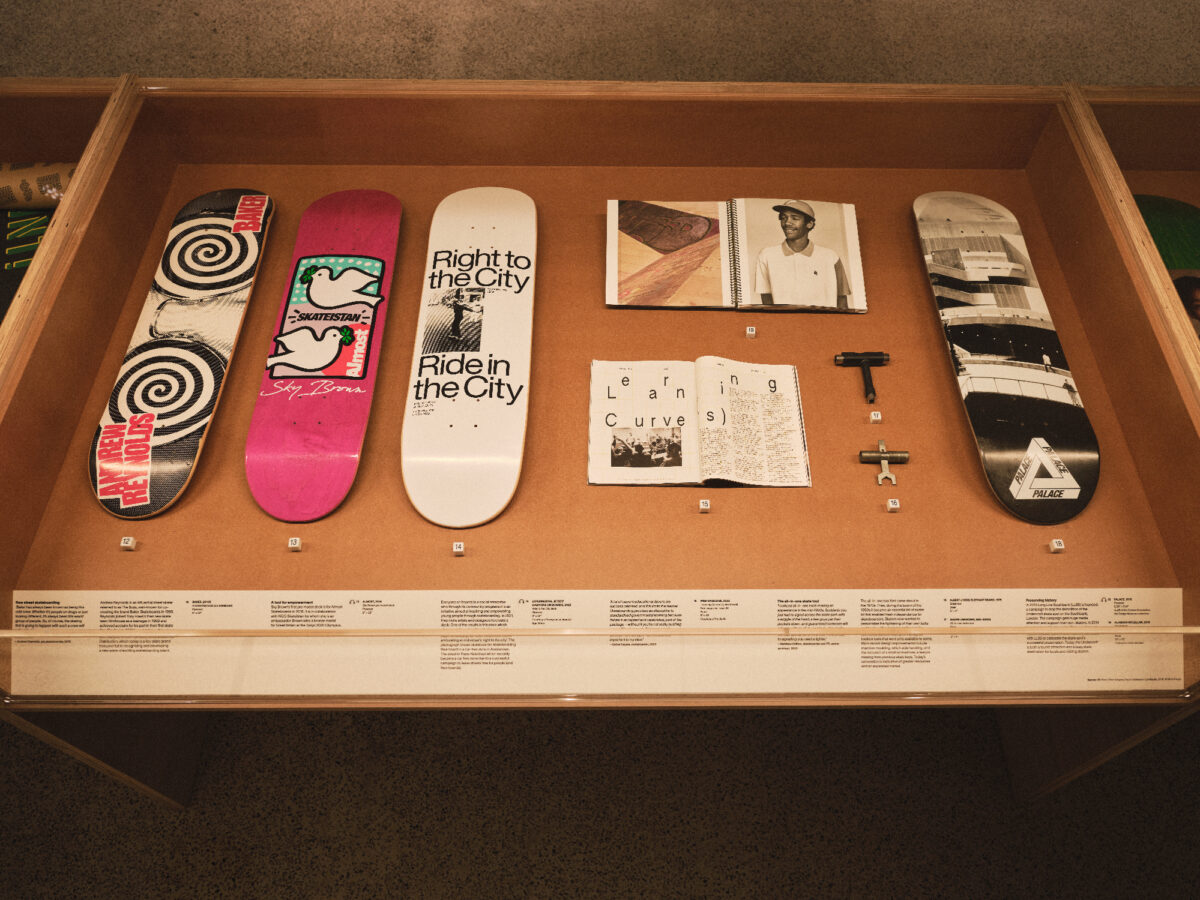
The skateboard story has many layers: a history impacted by societal, technological, and geographical shifts. The skateboard, an extension to the skateboarder, takes on a special power, one that can change lives, cities, cultures and push boundaries. From Californian hills to British car parks, today the skateboard’s presence is ingrained in our everyday. This exhibition takes you on a journey through time, design and space — positioning the skateboard as a truly unique object.
Tory Turk, associate curator of SKATEBOARD,
SKATEBOARD, 20th October 2023 – 2nd June 2024 The Design Museum
The exhibition will be accompanied by a fully-illustrated new book published by Phaidon later this year. It will explore the skateboard’s multifaceted influence.
Converse, which has been adopted by skateboarders for more than 75 years, leaned on its heritage and members of its global skate team to support the book and exhibition, from concept to final execution and are proud to be the Exhibition and Research Partner for SKATEBOARD.
